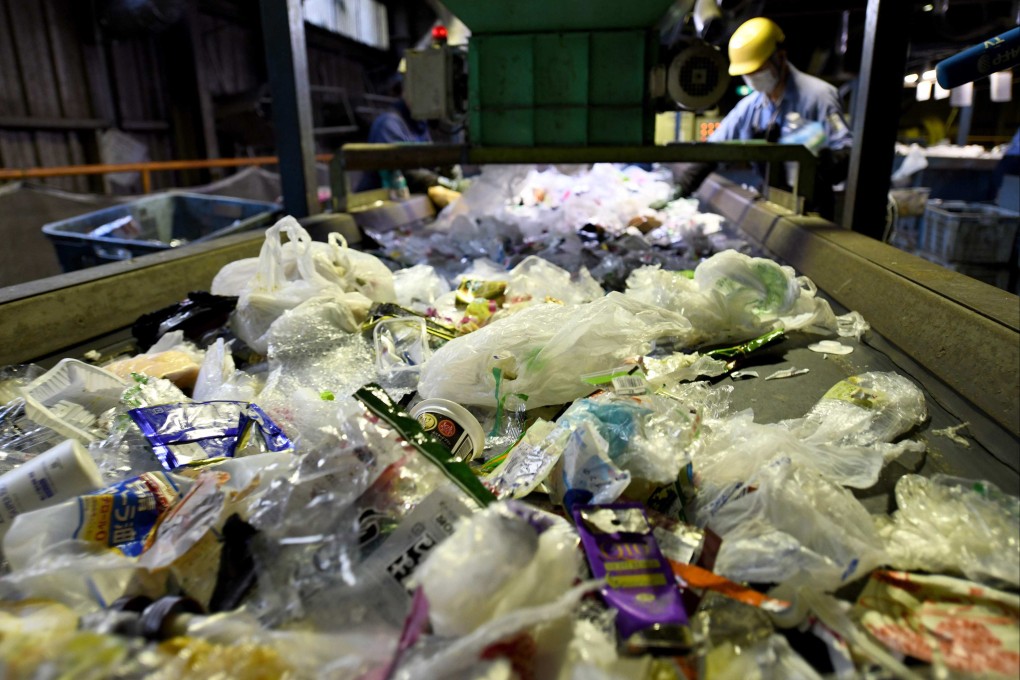Japan’s strict garbage disposal rules confound foreigners and residents – except ‘lawless’ ones in Shinjuku’s Ni-chome
- Japan has specific regulations on categories of waste and when they should be put out for collection
- Complex rules have helped Japan shift away from using landfills to dispose of trash and to become a world leader in recycling

As I walk to the rubbish collection point for my neighbourhood, I am fully aware that I am stepping into a minefield. This time, I am pretty confident that I have got it right. The kitchen waste has been drained of excess liquid, the cardboard boxes have all been broken down flat and tied with string and the labels have been torn off the food cans and binned separately.
I have a surreptitious glance at the rubbish the other residents of my small suburban cul-de-sac in Yokohama have already left in the wire mesh depository – and notice to some satisfaction that someone else’s trash from yesterday bears the dreaded label informing them that they have got it wrong.
They either put the wrong type of rubbish out on the wrong day, or committed the more serious sin of combining different types of rubbish in the same bag, burnable and non-burnable, plastics, recyclable trash, tin cans, plastic bottles, ceramics, batteries, pressurised canisters, clothing – the list goes on.

But not me. I’ve got it right this morning. I mentally pat myself on the back. Mission accomplished.
Not 15 minutes later, I am disabused of that notion and my pride at finally getting the rubbish right is deflated. The doorbell rings. It is the elderly lady who lives at the top of the street and has appointed herself the arbiter of “gomi” etiquette in our community. She beckons. My shoulders slump. I follow her.
Apologetically and with deep bows, she points to the semi-transparent plastic bag I have just deposited. I peer more closely. Wrapped in fluff collected in the vacuum cleaner is a plastic toy train, no more than a few centimetres long. I look at my neighbour. She shrugs. I look back at the offending piece of debris. It is unquestionably plastic. I recover my rubbish and return home to pick out the intruder.